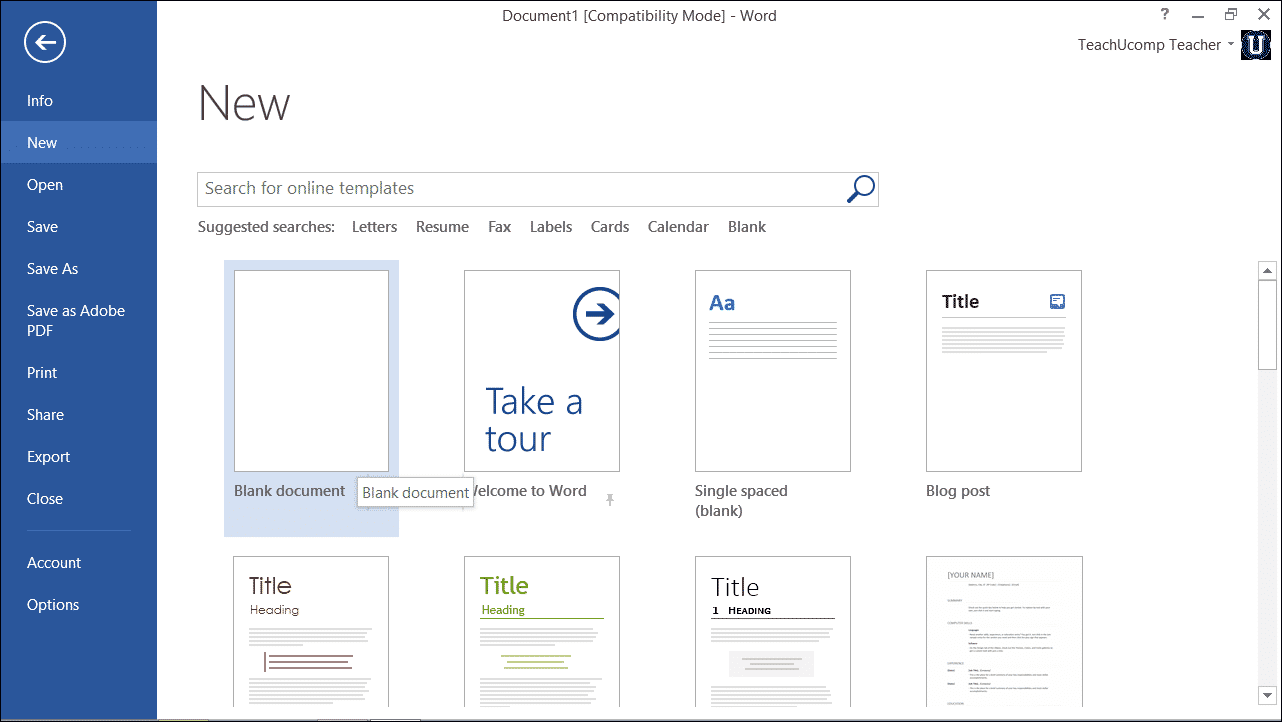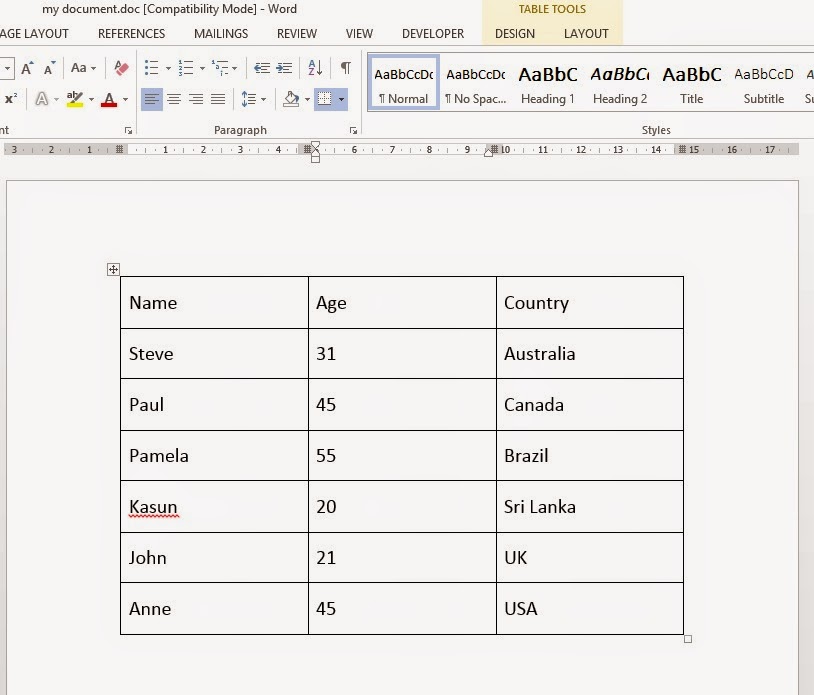

On that screen, locate your macro, select/highlight it, then click Add. Click Button and the Word Options/Customize Quick Access Toolbar screen opens. Choose > Import Word Document Choose Browse and locate the Word document you want to import, then choose Next. Step 2: Add a macro button to the Quick Access ToolbarĪ. To import a Word document in Confluence: Create a page in Confluence or go to an existing page (you want to view the page, not edit it). Even though you can overwrite many of these shortcuts, it’s much easier to attach your macro to a button. Note: Most of the shortcut keys are already used by the system. Next, in the Assign Macro To panel, click Button or Keyboard (shortcut) for the method used to access and run the macro. For the Store Macro In field, choose All Documents to run this macro in all of your Word documents, or select the current document (displayed by filename) to use this macro in the current document only.


However, would still like the names of the sections to appear in the TOC. The document will be going in a binder with physical labeled section dividers, so I have no need for the individual section pages that are currently in the document, and don’t want them to be included in the pagination count either. It doesn’t appear that the author using a “Heading 1” style to set up the section titles in the document, and the TOC appears to be pulling the formatting (bolded) for the sections from the section page formatting (regular text), which she appeared to overwrite manually for those pages.
#Word document info manual
The TOC appears to be set up as a manual TOC with two levels displayed. I have a Word document, created by someone else, which has individual pages that divide the document into sections. I’m hoping someone can help me with what I’m trying to do. Instead of modifying the properties of the style, I stumbled across a very easy way to do this:

I already created a copy of my “Heading 1” style in the past which should have excluded it from the TOC but somehow the style was modified along the way. In the following, simple example the sections “document properties”, “document history” and “index” should not be included in the TOC: Messy heading styles also make navigating in your document via the Navigation Pane (which I personally use very, very often!) more difficult.
#Word document info pro
Pro tip: Having consistency in your heading styles is crucial when working in large documents. Often, when you open a document created by someone else, or if you copy over portions of other documents, your table of contents can get cluttered with headings you don’t necessarily want in your TOC. Maybe you have some preliminary chapters, such as a management summary, that shouldn’t be in the TOC or the heading styles are basically just a mess. Today, I came across a very effective tip when dealing with Word. In our line of work, we often have to create monster Word documents with numerous headings, styles, tables, figures, captions, footnotes, references, table of contents, and so on. Cleaning up the Table of Contents (TOC) in Microsoft WordĪs a consultant and architect, I consider myself a pretty heavy Microsoft Word user. This is my first blog post in that category which I have dubbed Tips & Tricks and it focuses on cleaning up the Table of Contents in Microsoft Word. Call it a journal or a sort of external memory. In my motivation for starting my blog at, I explained one of the purposes of my blog was to simply write down stuff I was going to forget for sure.


 0 kommentar(er)
0 kommentar(er)
